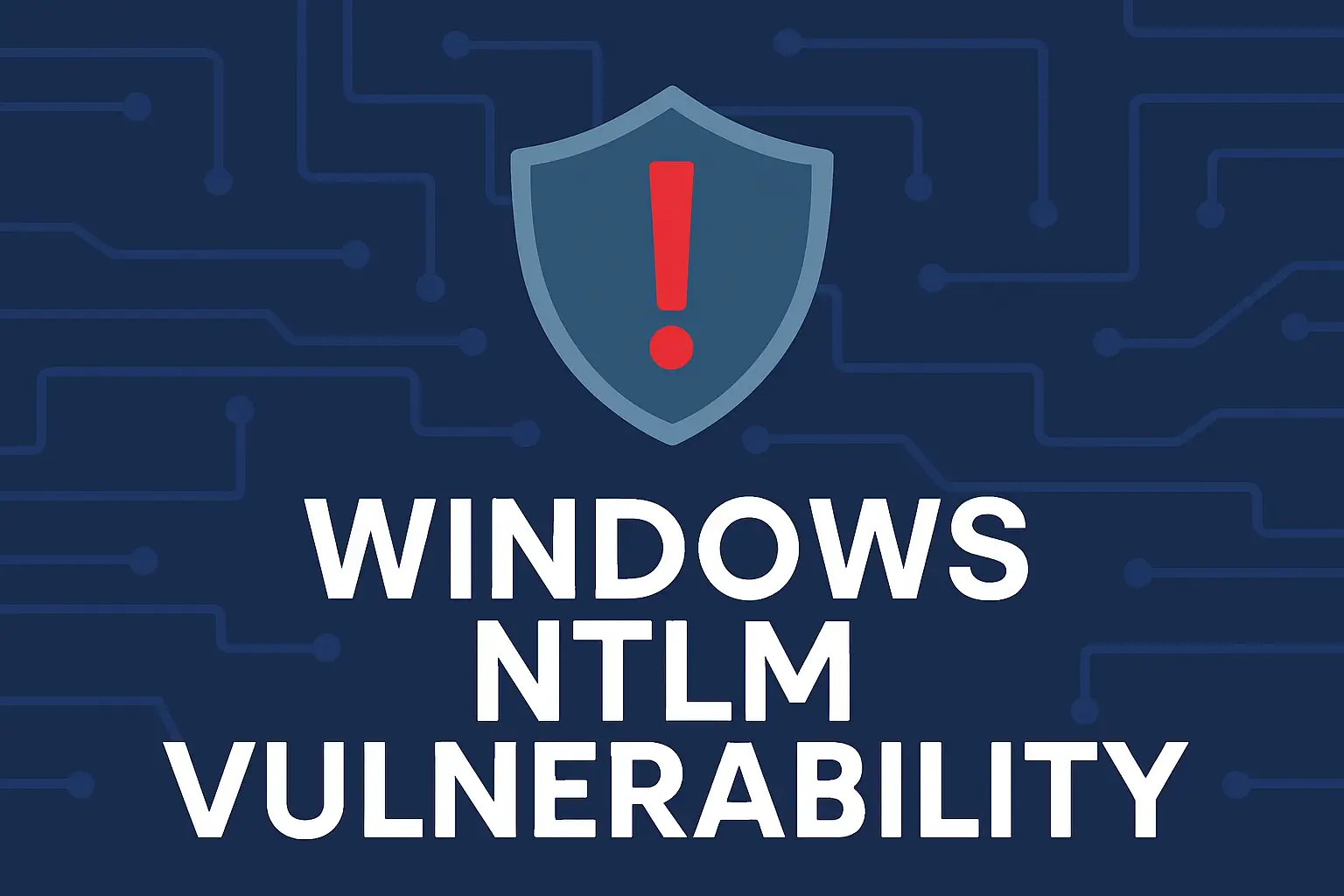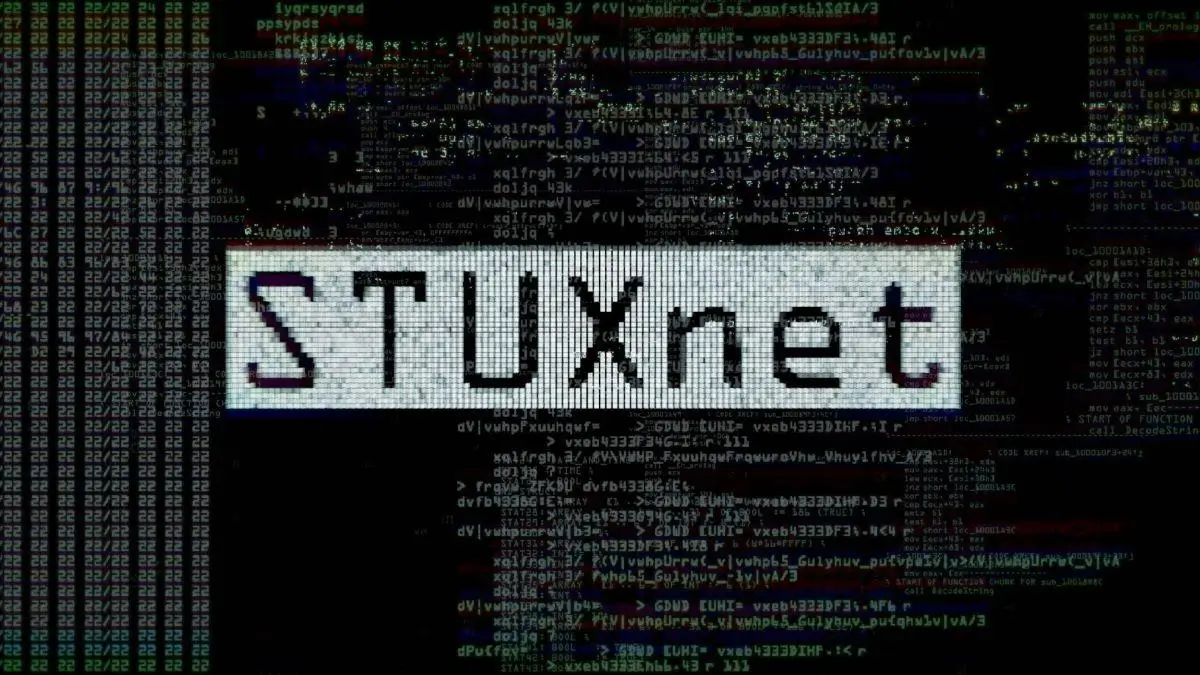Published on May 24, 2025
Exposing Windows NTLM Vulnerability in 2025

Exposing Windows NTLM Vulnerability in 2025
In the ever-evolving world of cybersecurity, legacy protocols can become serious threats. One of the most persistent vulnerabilities in the Microsoft ecosystem is the NTLM (NT LAN Manager) authentication protocol. Despite being decades old, NTLM is still used in many corporate environments and remains a prime target for attackers.
This article will explore what NTLM is, why it’s vulnerable, real-world attack scenarios, and how organizations can secure their systems in 2025.
What is NTLM?
NTLM is an authentication protocol developed by Microsoft in the early 1990s. It allows users to log into services by sending hashed credentials over the network. It was later replaced by Kerberos, but NTLM is still supported for backward compatibility.
Why is NTLM Vulnerable?
NTLM has several fundamental flaws:
- Lack of Mutual Authentication: Only the client authenticates to the server. This makes relay attacks possible.
- Hash Reusability: NTLM relies on password hashes, which can be captured and reused (Pass-the-Hash).
- No Encryption by Default: Data is sent in plaintext unless explicitly encrypted.
- SMB and LDAP Exposure: NTLM is often used with SMB and LDAP, making it vulnerable to relay and spoofing attacks.
Real-World Attacks Using NTLM
Several high-profile attacks have exploited NTLM:
- NTLM Relay Attacks: An attacker intercepts NTLM authentication requests and relays them to another system to gain unauthorized access.
- Pass-the-Hash: If an attacker obtains the NTLM hash, they can impersonate the user without needing the plaintext password.
- Responder and Metasploit: Tools like Responder can poison the network to capture NTLM hashes automatically.
Even in 2025, many internal networks still allow NTLM fallback, making them soft targets for lateral movement and privilege escalation.
How to Mitigate NTLM Vulnerability
1. Disable NTLM Where Possible
Microsoft recommends disabling NTLM on all systems unless it’s absolutely necessary.
2. Implement SMB Signing
SMB signing ensures that traffic hasn’t been tampered with and is from a trusted source.
3. Use Kerberos Instead
Kerberos provides mutual authentication and stronger encryption.
4. Network Segmentation
Prevent attackers from moving freely within the internal network.
5. Monitor Authentication Logs
Watch for unusual NTLM traffic patterns to detect early signs of compromise.
6. Harden Active Directory
Ensure Domain Controllers don’t allow NTLM fallback or weak configurations.
Why It Still Matters in 2025
Despite advancements in cybersecurity tools and policies, many enterprises still support legacy systems, which makes NTLM a lingering issue. With the rise of hybrid environments (cloud + on-prem), old authentication protocols can become unexpected attack vectors.
Additionally, as AI-assisted hacking tools become more sophisticated, the automation of NTLM relay attacks becomes faster and harder to detect.
Conclusion
The NTLM protocol, though historic in its contribution to authentication systems, is now a security liability. Organizations must move away from it and adopt more secure alternatives like Kerberos, along with strict monitoring and network policies.
Being proactive is no longer a luxury — it’s a necessity.





